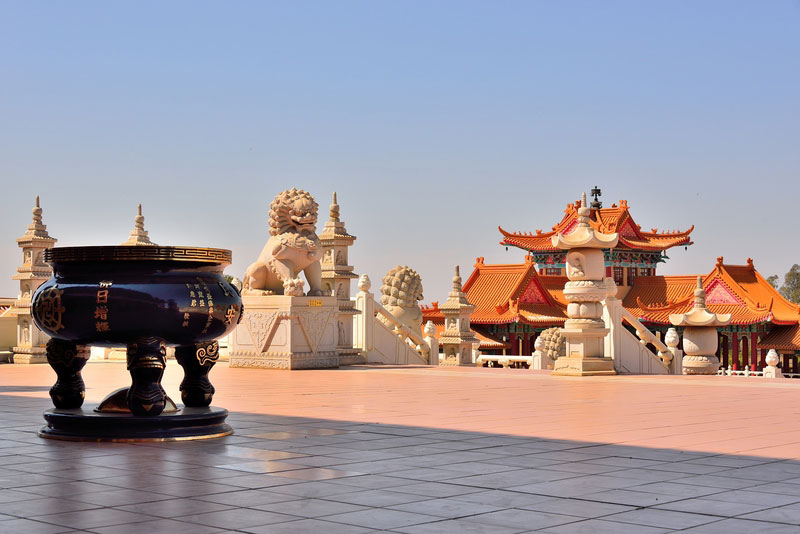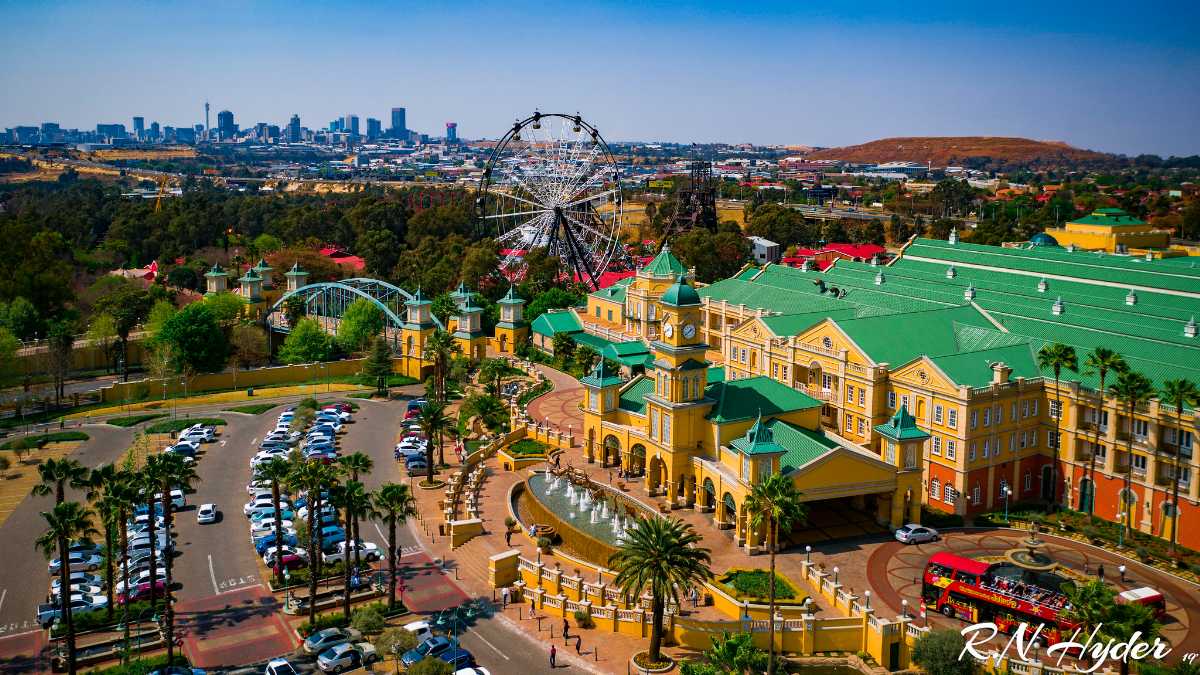Johannesburg North Attractions Fundamentals Explained
Johannesburg North Attractions Fundamentals Explained
Blog Article
Our Johannesburg North Attractions Ideas
Table of ContentsNot known Facts About Johannesburg North AttractionsJohannesburg North Attractions Can Be Fun For AnyoneThe Main Principles Of Johannesburg North Attractions The Ultimate Guide To Johannesburg North AttractionsA Biased View of Johannesburg North AttractionsThe Ultimate Guide To Johannesburg North AttractionsThe Ultimate Guide To Johannesburg North Attractions
You should maintain security in mind and tourists need to stay alert at all times when in unknown surroundings. Talk with the residents when you are in town to learn about the area you are remaining in. Johannesburg North attractions. When on the street (this doesn't relate to mall and various other safe settings) finest general advice is to try your ideal to resemble a regional and to prevent showing any form of wide range
Things about Johannesburg North Attractions
Professor Revil Mason O. J. (Thomson, 1946) checked out the Witwatersrand's pre-colonial history. His archaeological job blew up the 'em pty land' myth, according to which the region was without human habitation prior to the arrival of European inhabitants. In his magazines Prehistory of the Transvaal: A Document of Human Activity (1962) and Origins of Black People of Johannesburg and the Southern Western Central Transvaal AD 3501880 (1986 ), Teacher Mason demonstrated the extent of social and financial advancement in the area prior to Europeans set foot here.

Indicators on Johannesburg North Attractions You Should Know
He showed the government's approval, approved after he had promised to keep his discoveries secret. In 1874, small-scale mining procedures were begun in the Magaliesberg, where an Australian, Henry Lewis, had actually found gold deposits. In 1878, David Wardrop found gold in quartz veins at Zwartkop, north of Krugersdorp. In 1881, Stephanus Minnaar found gold on the ranch Kromdraai, near the Cradle of Humankind.
In March 1886, a protrusion (soon to be called the Main Coral reef) was located, fairly fortunately, on Gerhardus Oosthuizen's farm Langlaagte. Some state that the Lancastrian coal miner George Walker uncovered this coral reef. Another travelling English miner, George Harrison (who had formerly operated in Australian mines) obtained a prospecting permit in respect of Langlaagte in May 1886.
He decided to carry on in a mission for greener pastures, and disposed of his Langlaagte case for the handsome sum of 10. Alas: beneath lay the wealthiest goldfield ever located. The exploration of this rich auriferous reef prompted a gold thrill that indicated the end of bucolic serenity in the southerly Transvaal.
It would, within six years, end up being the largest community in southern Africa. Within a decade, it would certainly make the Z. A. R. until after that an anarchical and bankrupt little state the most affluent country in Africa. By the millenium, the Z. A. R. was to surpass Russia, Australia and the USA of America to become the world's leading gold manufacturer, producing even more than a quarter of the world's gold.
The Greatest Guide To Johannesburg North Attractions
It was understood as Ferreira's Camp, named after Colonel Ignatius Ferreira. He was a Boer traveler upon whom the British authorities had actually bestowed the status of Companion of the Most Differentiated Order of St Michael and St George (entitling him to the post-nominal letters C. M. G.) in gratefulness for his duty in the battle that had deposed the Pedi king Sekhukhune in 1879.
Two other camps were established: Meyer's Camp on the farm Doornfontein, and Paarl Camp. The latter was nicknamed Afrikander Camp; lots of individuals from the Cape Nest cleared up there.

Indicators on Johannesburg North Attractions You Should Know
This name acquired money by word of mouth, such that the State Assistant affirmed the name to the Mining Commissioner on 9 October 1886. Stands in the village were auctioned on 8 December 1886. While some stands were cost 10, others were knocked down for as low as sixpence.
2 years later, these erven were to alter hands for as high as 750 each. The tented camps dwindled as a dorp of corrugated iron structures developed and broadened north of the mines situated along the Main Coral Reef Roadway. Locations such as Jeppe's Town (where working-class immigrants erected their residences) and Doornfontein (where the affluent brand-new 'Randlords' started to construct their opulent Visit Website homes) were quickly contributed to the ever-expanding map of the community.
The Ultimate Guide To Johannesburg North Attractions
In addition to the road names, there were no indications of Johannesburg being located in a Dutch-speaking country. Many years later, C. W. Kearns O. J. (among the very first young boys registered at St John's College in 1898) would certainly remember: 'An odd truth about Johannesburg was that, although it click this link remained in the [Boer Republic], virtually everybody spoke English and even the Federal government servants dealt with one in English, unless they were first addressed in the Taal (or Reduced Dutch)'.
Therefore, Britain had an interest in ensuring optimum conditions for gold manufacturing on the Witwatersrand, and that the gold was exported to London instead than Berlin an important rendered all the a lot more clamant by the Z. A. R - Johannesburg North attractions.'s enhancing toenadering with Germany. Mine owners were on a crash program with Head of state Kruger, whose plan of monopolistic concessions (usually given to his cronies) protected against mining companies from acquiring supplies of materials (specifically dynamite) and labour on their very own, less costly terms
Fascination About Johannesburg North Attractions
In 1890, the Volksraad had actually limited the franchise business to white men who had actually stayed in the Z. A. R. for fourteen years or longer, therefore invalidating many of the immigrants (who happened to be the major contributors to the fiscus). Nonetheless, frustration for the vote was a simple pretext for promoting a different schedule; most pop over here uitlanders concerned themselves as temporary visitors and had no objective of continuing to be in the Z.
Report this page